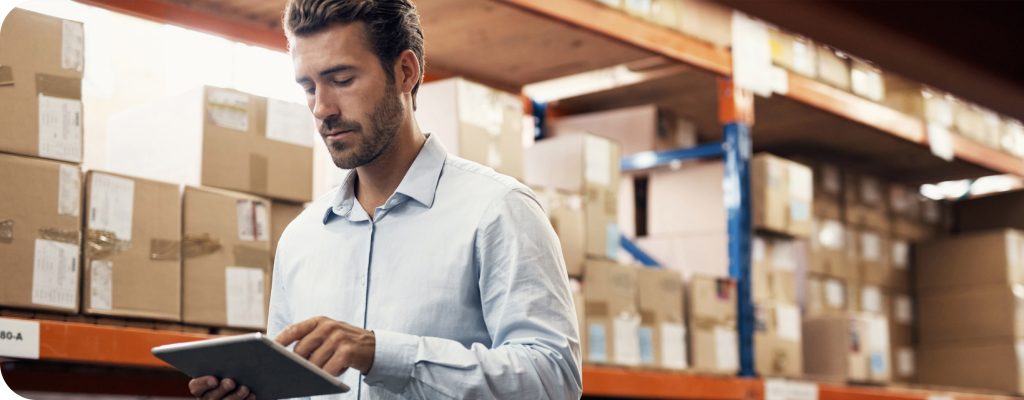Open Mon-Fri: 8am-5pm | T 08 9368 8555
Open Mon-Fri: 8am-5pm | T 08 9368 8555
Packaging is a crucial element of your product. Far from simply being a medium to protect the contents, it’s better thought of as a display cabinet and communication tool, no matter what it holds within. How a product is presented to potential customers directly impacts their decision of whether or not to make a purchase.
Once you realise the crucial role of the humble packaging, you begin to understand how vital it is to get the design spot on.
We can’t overstress the importance of using a highly experienced packaging design service. Such professionals work with you to determine the right solution that protects the product, speaks to the customer and portrays your brand message.
The following questions form the first stage of any good packaging design process:
The answers will provide the baseline of packaging needs from which the design can be created.

One mistake that’s often made at the beginning of a design journey is not thinking about scalability. While you might only be packaging a single product right now, it’s important that any design could encompass a wider range. This means considering aspects such as a logo, font, colours and more. Ensuring this is put in place at an early stage will prevent costly alterations at a later date.
Packaging varies in complexity depending on the product. There are three possible layers, but not all merchandise will require them all.
The outer layer is the customer-facing element, such as a box or cardboard sleeve. The inner layer is what keeps the product secure. This might be an insert, some foam packing peanuts or tissue paper, for example. The final layer is that which touches the product itself, such as the jar that cradles the moisturising cream, the bottle that holds the wine or the wrapper around the chocolate bar.
Each layer plays a vital role, not only in protecting and presenting the product but in communicating the message that you want to portray to your customers.
Do you need a box or a carton? An outer sleeve or an inner glass jar? Liquids and gels will need to be held in a particular type of vessel, but consider whether you want to be the same as everyone else. It’s also really important to think about sustainability. Compostable packaging is the gold standard, but other options include those that can be recycled or will degrade naturally over time. Follow this link to see some examples of our boxes and tubes.
Of course, your packaging budget will play a major part. If you only have a few cents per piece then you need to get creative so your products stand out from the competition. In general, the more expensive the product, the higher the requirement for luxury packaging.
From colours to fonts, logos to images, many aspects might need to be included on the packaging. However, the strongest message at this point should be that less is more. The human brain doesn’t compute well with information overload – clear, concise and striking will always win over busy, fussy presentation.
You know your product inside out. But your customers? When they see your product displayed in its packaging you have a single moment to make them pause and consider a purchase. That’s why you need to determine the single most outstanding aspect of your product around which the rest of the design should be focused.
Once you’ve nailed the design, you need honest evaluation. This shouldn’t just be from you or the design team, as you’re all very close to the product. Getting impartial feedback is of huge value and they should be asked to consider the following:
This last step is very important as once you’ve committed to a design then it can be prohibitively expensive to get it changed. Far better to carry out any alterations at this point, rather than when multiple examples have already been produced.
Crystal Print & Packaging Solutions is a leading designer and producer of top quality box and folding carton packaging based in Perth, WA. Their in-house design team works with your company to become as familiar with your brand and products as you are and offers a bespoke service that includes everything from design to delivery of the completed packaging.
Visit www.crystalprinting.com.au to find out more.
If you enjoyed this article you might also like All About Sustainable Packaging and Why Every Retail Brand Needs Great Product Packaging Design
© 2025 Crystal Print & Packaging Solutions | Privacy Policy | Sitemap